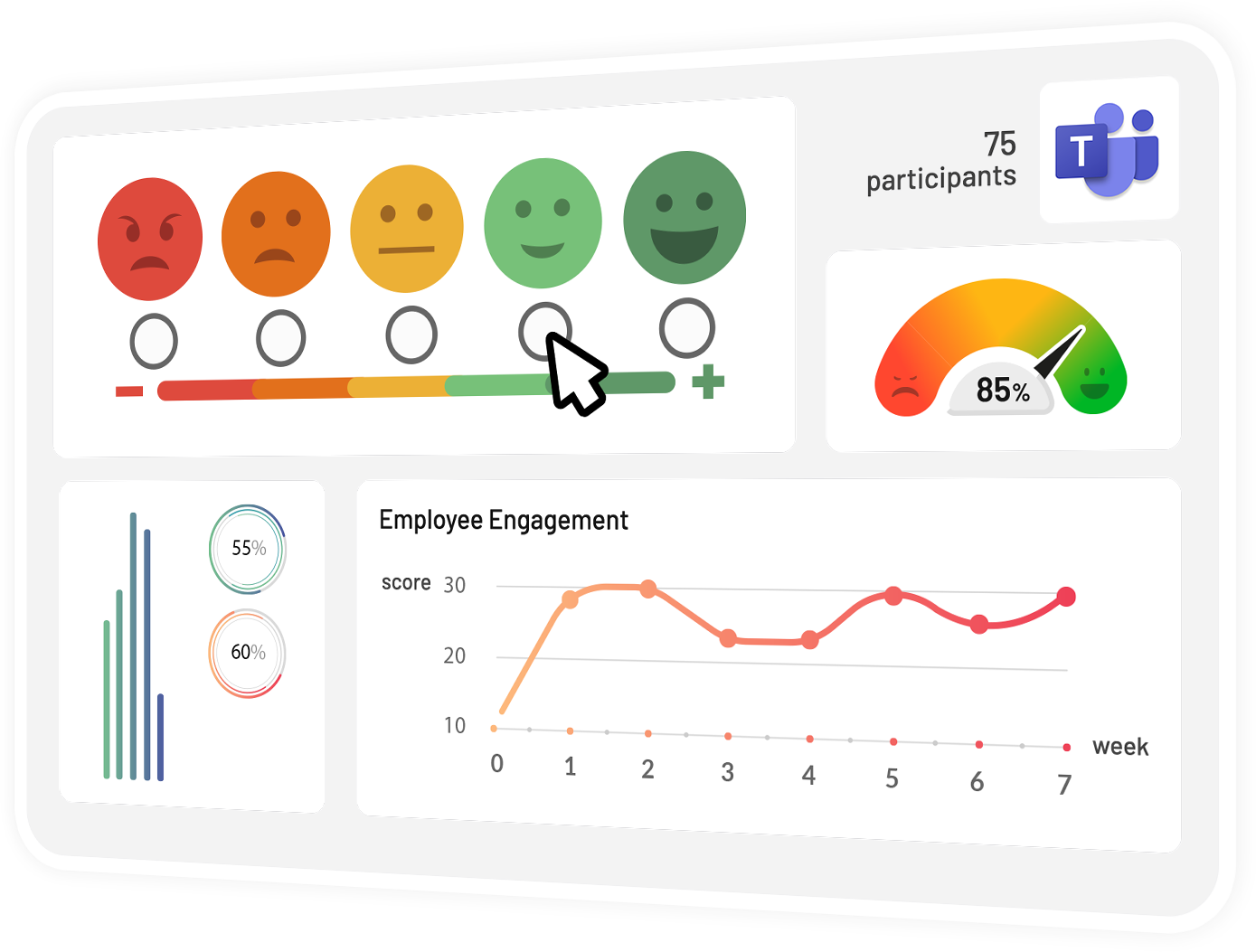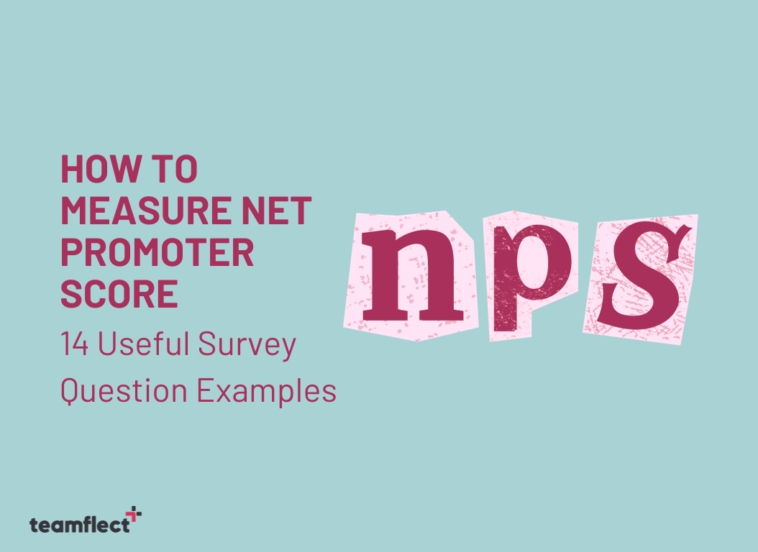Customer satisfaction is not always evident in the data that businesses track. Often, it can be a tricky concept to determine since not everyone speaks up when you can’t meet their expectations. For example, some of your customers might stick around out of convenience, despite not being thrilled with your service or product.
To get a better perspective on how happy your customers really are and find out the areas for improvement, successful companies use the Net Promoter Score (NPS).
In this article, we are going to cover the definition of Net Promoter Score, how to calculate it as well as 14 useful NPS survey question examples and more! So, without further ado, let’s begin!
Table of Contents
Find Out Your Employee NPS Within Microsoft Teams
There is an easier way of measuring your eNPS! All you have to do is use Teamflect within Microsoft Teams and you’ll have access to valuable data that can help you transform your business!



